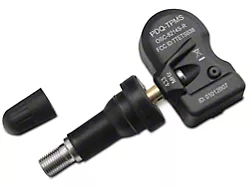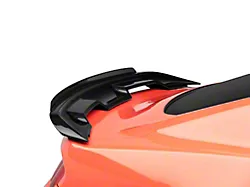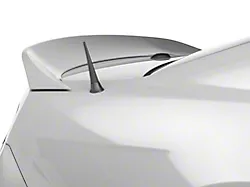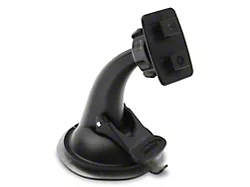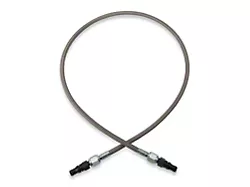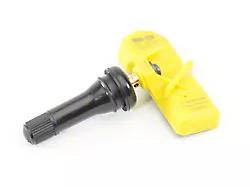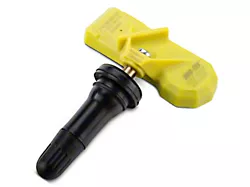
Best Sellers
Keeping Your Engine Clean: a Guide to Mustang Oil Separators
Contents
Shop Mustang Oil Separators
Oil separators are an undervalued upgrade that can improve performance as well as extend the life of your engine. Maximize your horsepower and throttle response by keeping unwanted waste out of your engine.
Shop Oil SeparatorsOil separators are known by many names but they all perform the same function. Whether you call it an oil separator, oil accumulator, or catch can, their primary duty is to collect and separate vaporized oil, fuel, and exhaust gasses from the PCV system. By collecting this mixture in a catch can, you prevent it from entering and coating the intake manifold and the backs of your intake valves. Not only will the mixture gunk up your manifold and valves, but it can hinder performance by lowering your fuels effective octane.
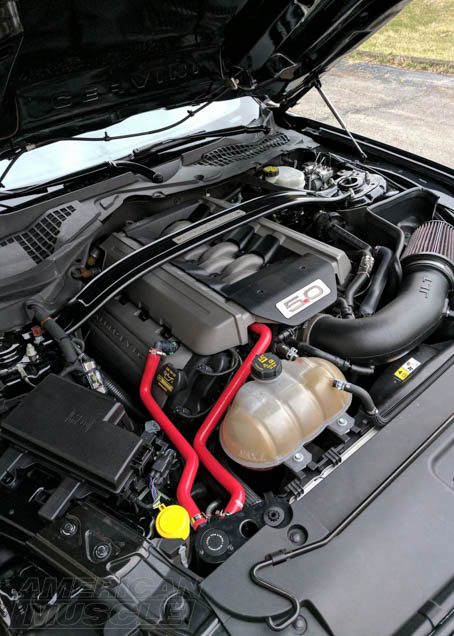
How Does the PCV System Work?
The positive crankcase ventilation system is designed to relieve crankcase pressure while minimizing oil contamination and degradation from unburned fuel, exhaust gasses, and condensation. During the combustion cycle, exhaust gasses and unburned fuel (called blow-by) will force their way past gaps in the piston rings and into the crankcase. Without a way to vent these gasses, excess pressure would build up in the crankcase, causing seals to blow out or leak. The blow-by is drawn into the intake manifold under vacuum, mixed with the incoming fresh air, and burned again. Back in the day when carburetors were king and the EPA didn’t exist, crankcase gasses were vented straight to the atmosphere through breather filters. This kept the engine cleaner, but was stinky and contributed to atmospheric pollution, which is why manufacturers switched to the closed PCV system.
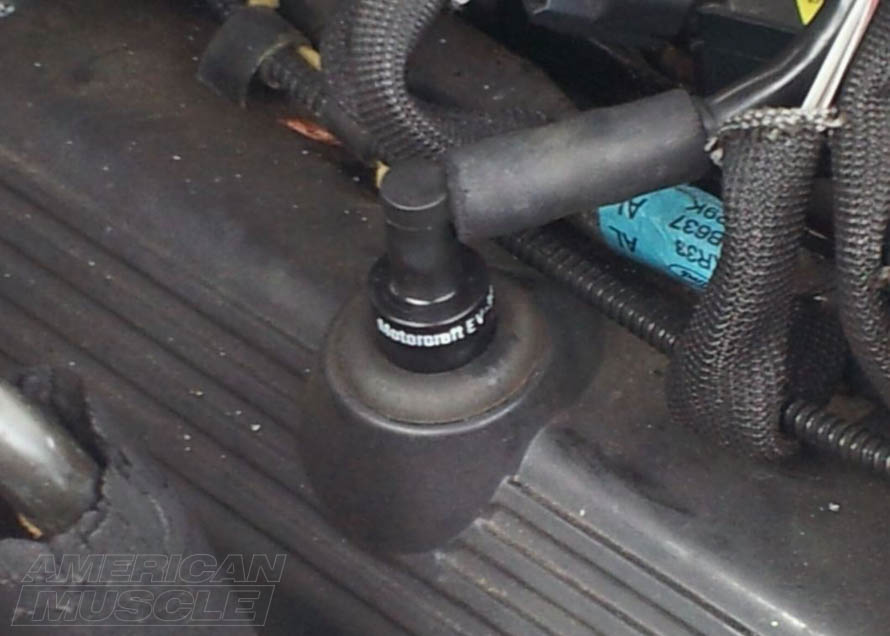
Mustang PCV Valve
What Exactly Does an Oil Separator Do and What are They Made Of?
In the simplest terms, oil separators work like a filter for the PCV system. They are installed on the vacuum side of the PCV system and work to trap suspended oil and fuel, letting the oil-free air flow back into the intake manifold. As the blow-by is collected, it drops down into a reservoir for safe keeping until you are able to empty the can. It’s usually a good idea to empty the catch can every 2-3k miles, but intervals may vary depending on can size and overall engine health. Older engines with higher mileage may need more frequent emptying due to worn piston rings. Boosted engines may also require more frequent draining since the excess cylinder pressure can create more blow-by.
Most cans are made from machined billet aluminum and either powder coated or anodized for durability. There are separators available that are made from composite plastic, which are lighter than aluminum cans. Some feature valves on the bottom of the can for fast draining, while others have two halves that screw together. When you’re ready to drain the latter, just unscrew the lower portion of the can and dump it out. Do not empty the collected oil back into the engine!
Inside the can is a filter media, baffles, or multiple chambers to help collect blow-by. There are many different materials used as filter media, but the most common one used is steel wool. The steel wool is sandwiched between screens that prevent it from flying into the engine, but still, allow the vaporized liquids to condense and settle to the reservoir on the catch can. Some oil separators utilize a very fine screen to catch vapors instead of steel wool.
Along with the filter media in the separator, designers may choose to include baffles. Baffled cans offer more surface area for blow-by to cling to, increasing the efficiency of the can. Separator efficiency can also be improved by using vacuum lines that are larger than stock. Using larger vacuum lines means that the velocity at which blow-by travels through the can will drop, increasing the amount of time it spends in the separator. The longer the blow-by lingers, the more contaminants will be filtered by the can.
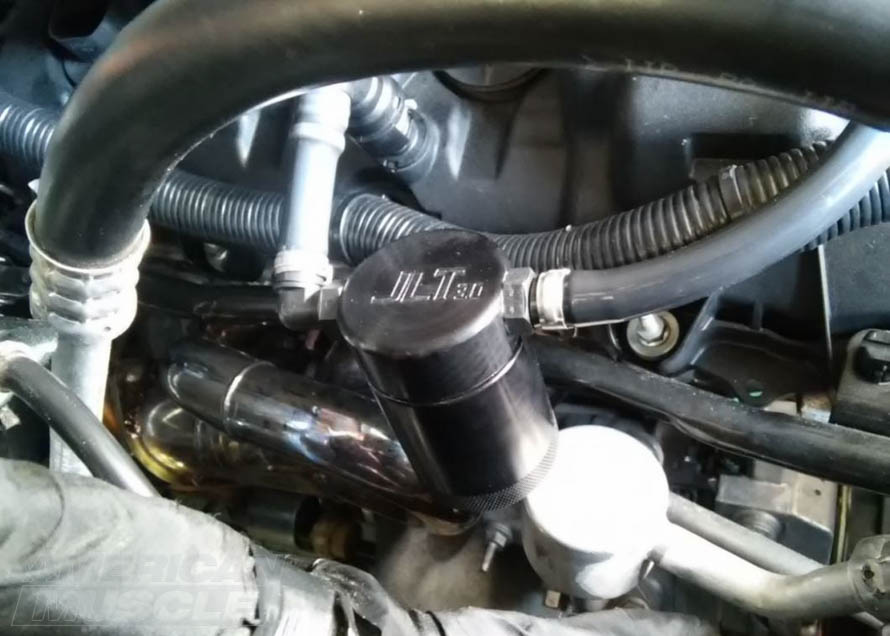
Passenger side Oil Seperator
Should I Get an Oil Separator For My Mustang?
Oil Separators may not be as fun as a cold air intake or a new exhaust system, but they are a worthwhile mod for anyone who wants to keep their Mustang in top shape. Preventative maintenance is key when prolonging the life of you engine and filtering junk from the PCV system is no different than filtering debris from your oil. Be sure to empty the can regularly and NEVER pour captured oil back into the crankcase. Oil separators are a breeze to install, taking less than an hour from start to finish. Keep your Mustang running cleaner and meaner with an oil separator!
